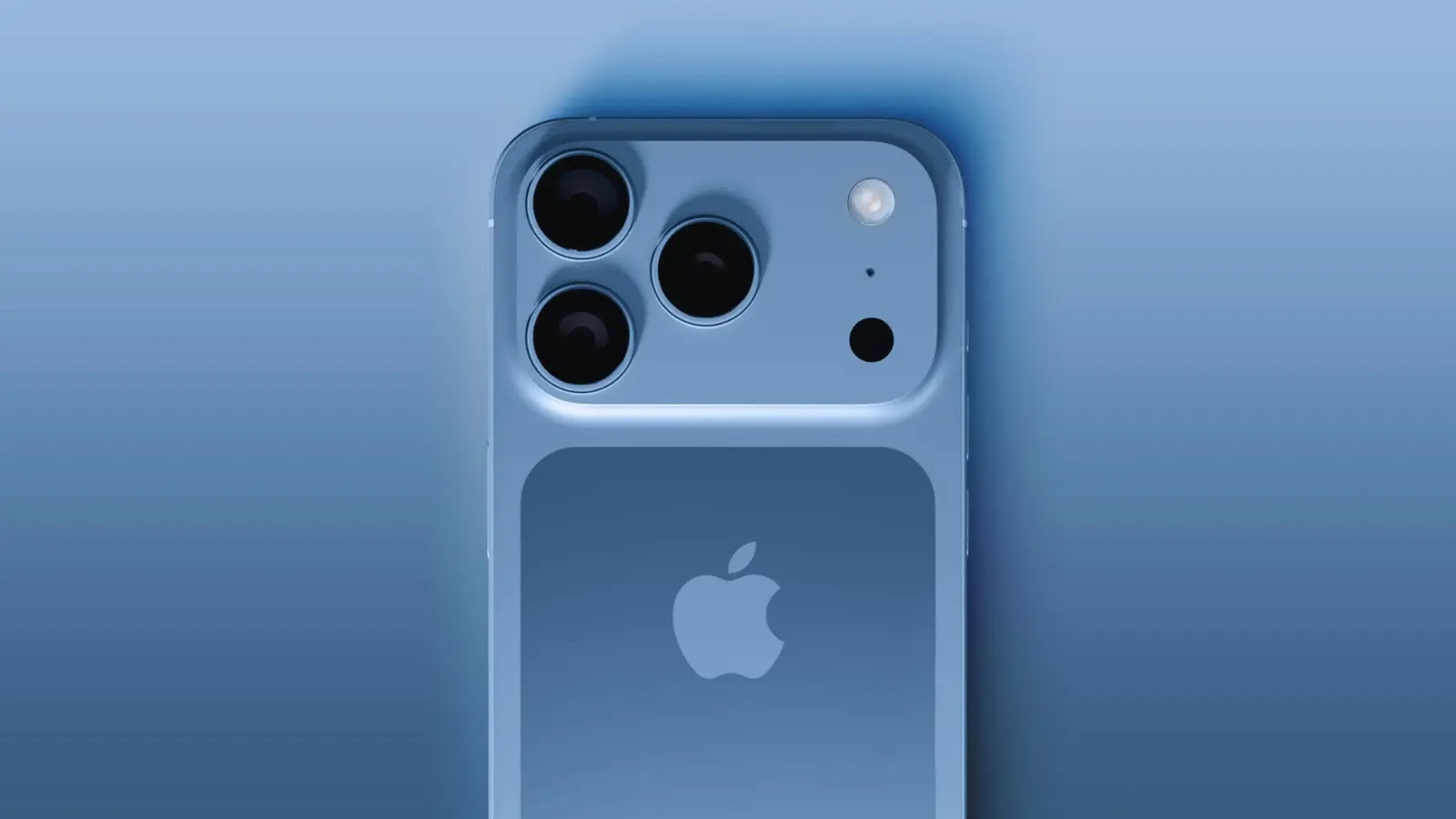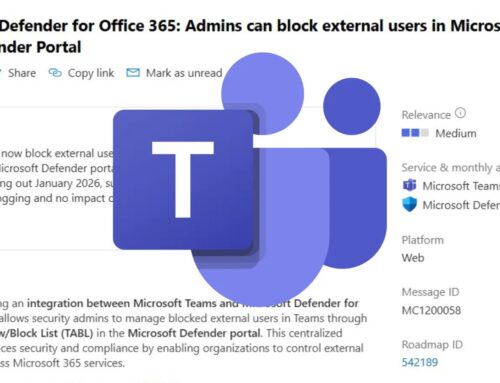
Apple Hints That iPhone 17 Is to Eliminate the Physical SIM Card
The persistent hum of technological evolution often brings with it shifts that redefine how we interact with our devices. One such significant transformation is brewing at Apple, with strong indications that the upcoming iPhone 17 models will bid farewell to the venerable physical SIM card slot. This move, while seemingly minor, carries substantial implications for user experience, device security, and the broader telecommunications landscape. As cybersecurity professionals, understanding these shifts is paramount, as they directly influence our threat models and security postures.
The Dawn of eSIM: A Strategic Transition
Apple’s strategic pivot towards entirely embracing eSIM technology is not a sudden whim but a measured progression. The company has already implemented eSIM-only configurations in certain regions, most notably in the United States with the iPhone 14 series. The push to extend this across more territories, particularly the European Union, signifies a clear long-term vision. This evolution from a physical, tangible component to a digitally provisioned embedded SIM offers several advantages, chief among them being enhanced device design, improved water resistance, and greater flexibility for users to switch carriers without needing a new physical card.
Security Implications of the eSIM Transition
While the convenience and design benefits are evident, the security implications of an eSIM-centric world require a deeper dive. On the surface, eSIM technology presents several security enhancements:
- Reduced Physical Tampering: Eliminating the physical SIM slot removes a potential attack vector for unauthorized physical access and SIM swapping attempts. A physical SIM can be more easily stolen or duplicated if an attacker gains control of the device.
- Enhanced Provisioning Security: eSIM profiles are provisioned and managed digitally, often through secure, encrypted channels. This reduces the risk associated with physical distribution and activation processes which can be vulnerable to interception or manipulation.
- Secure Element Integration: eSIMs often leverage the secure element (SE) within the device, a dedicated, tamper-resistant hardware component designed to protect cryptographic keys and sensitive data. This hardware-level security is a significant upgrade from the less secure environment of a removable SIM card.
However, the shift also introduces new considerations for cybersecurity professionals:
- Dependence on Digital Infrastructure: The entire process, from activation to carrier switching, relies on digital infrastructure. This means the security of carrier networks, provisioning servers, and authentication mechanisms becomes even more critical. Compromises in these systems could lead to widespread service disruption or unauthorized SIM profile management.
- New Attack Vectors: While physical attacks might decrease, the potential for remote attacks targeting eSIM provisioning systems might increase. Attackers could attempt to exploit vulnerabilities in remote SIM provisioning (RSP) protocols or over-the-air (OTA) updates.
- User Credential Protection: Protecting user credentials used for eSIM activation and management becomes paramount. Phishing attacks designed to steal these credentials could lead to unauthorized eSIM transfers, effectively performing a digital SIM swap.
Addressing Potential Weaknesses and Remediation Actions
As the industry transitions to an eSIM-dominant future, proactive measures are crucial to mitigate potential security risks. While eliminating a physical slot primarily enhances physical security, the focus shifts to robust digital security practices:
- Multi-Factor Authentication (MFA) Enforcement: Carriers and Apple must strongly enforce MFA for all eSIM provisioning and management activities. This includes initial activation, carrier switching, and any changes to the eSIM profile.
- Regular Software Updates: Users must be diligent in applying all iOS updates promptly. These updates often contain critical security patches that address vulnerabilities in the operating system and underlying hardware, including those related to eSIM management. While specific CVEs for eSIM vulnerabilities are not widely published as standalone issues, they are often part of broader security updates. For instance, vulnerabilities like CVE-2023-38600 (a recent iOS kernel vulnerability allowing malicious applications to execute arbitrary code with kernel privileges) could indirectly impact eSIM security if an attacker gains a deeper foothold in the device. Always consult the official Apple security release notes for comprehensive details.
- Secure Network Practices: When activating or managing eSIMs, users should always connect to trusted, secure Wi-Fi networks and avoid public, open networks that could be susceptible to eavesdropping.
- Strong Account Security: Users should maintain strong, unique passwords for their Apple ID and carrier accounts. Regularly reviewing account activity for suspicious behavior is also recommended.
- Be Wary of Phishing: Users should be highly suspicious of unsolicited communications (emails, SMS, calls) requesting personal information, account credentials, or instructions to click links for eSIM activation or management. Always verify the sender and method of communication.
The Road Ahead: A Seamless and Secure Future?
Apple’s move to eliminate the physical SIM card is a significant step towards a more streamlined and potentially more secure mobile experience. While the immediate benefits for design and user flexibility are clear, the long-term impact on cybersecurity demands attention. The industry, including carriers, device manufacturers, and security vendors, must collaborate to ensure the underlying digital infrastructure supporting eSIM technology is resilient against emerging threats. For users, a heightened awareness of digital security best practices will be the key to navigating this evolving landscape securely. The ultimate goal is a future where the convenience of modern technology does not come at the expense of robust security.





